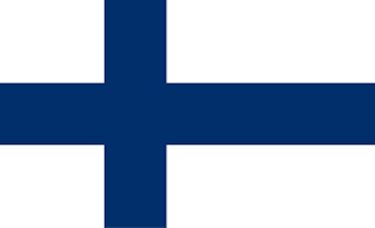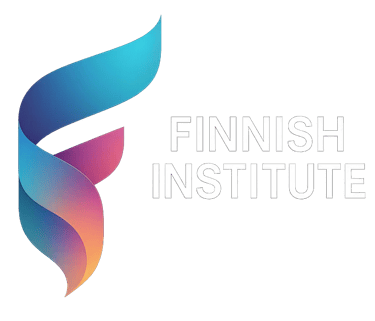FINNISH COURSES
SATISFY YOUR THIRST FOR KNOWLEDGE
UNCOVER THE TRUE FINLAND
Finnish, known as "suomi" in its native form, is a language that stands out as a fascinating anomaly in Europe. It belongs to the Uralic language family, a rare classification that sets it apart from the Indo-European languages that dominate the continent.
Finnish is primarily spoken in Finland, where it is the official language alongside Swedish, and it has small communities of speakers in neighbouring countries such as Sweden, Norway, Russia, and Estonia, as well as in diaspora communities worldwide. With approximately 5.5 million native speakers, Finnish is one of the most prominent Uralic languages, alongside Hungarian and Estonian.
Although Finnish shares linguistic roots with Hungarian and Estonian, these languages are not mutually intelligible due to thousands of years of independent evolution. Finnish has developed its own distinctive features in vocabulary, grammar, and pronunciation, shaped over centuries by contacts with Swedish, Russian, German, and Baltic languages, as well as older indigenous linguistic layers.
Finnish is deeply tied to the culture and history of Finland, serving as a cornerstone of national identity, especially during periods of foreign rule and political transformation. Its rich literary tradition reflects this cultural depth, with celebrated authors such as Aleksis Kivi, whose novel Seven Brothers is considered the first significant work in Finnish literature, and Väinö Linna, known for his historical novels that deeply influenced Finnish cultural consciousness.


NATURAL METHOD TO LEARN FINNISH
Our language courses are based on the Natural Method, also known as the Natural Approach, developed by linguist Stephen Krashen and language educator Tracy Terrell. This approach focuses on creating an environment that mimics how individuals naturally acquire their first language, emphasizing comprehension, communication, and a stress-free learning experience.
While other language courses rely on rote memorization and drills, a heavy academic approach to grammar, repetitive exercises, expensive and time-consuming formal tutoring sessions or ineffective and shallow phone apps, we will have you gradually build your language skills like a child learning his/her mother tongue.
There are essentially 5 Core Principles in the Natural Method:
Comprehensible Input (i+1)
Learners acquire a language when they are exposed to materials slightly beyond their current level of understanding (represented as i+1). By hearing or reading content they mostly understand, learners can gradually internalize new vocabulary and grammar structures.Focus on Communication
The Natural Method prioritizes fluency and the ability to communicate over grammatical perfection. Errors are seen as a natural part of the learning process and are not heavily penalised, reducing anxiety and encouraging learners to express themselves.Emotional Element
Emotional factors like anxiety, motivation and enjoyment greatly influence language acquisition. When learners are in a relaxed state, achieved by removing the anxiety linked to the pressure to produce perfect grammar, it is easier for them to get through the initial phase which is arguably the hardest and where most give up. It is also proven to be easier for the brain to absorb and retain new information if the learner is actually interested in the language and its underlying culture, which is why he have included extensive cultural insights, historical and modern pop culture elements in our language course.Stages of Language Acquisition
Scholars have identified the following stages in the language acquisition process of young children:Pre-production: The "silent period," where learners focus on listening and understanding without speaking.
Early Production: Learners begin using simple words and phrases.
Speech Emergence: Learners can construct longer sentences and express ideas more freely.
Intermediate Fluency: Learners develop more complex language skills and can engage in meaningful conversations.
Advanced Fluency: Learners achieve near-native proficiency.
The goal of our courses is thus to mimic the natural language acquisition process without overwhelming the learner with long and tedious lessons but ensuring gradual gains so that he/she remains committed to his/her fluency goal.
Meaningful Interaction
Instead of rote memorization of single words and grammar rules over and over, the Natural Method encourages activities that involve real-world communication to help retain information. This is why we have included storytelling and role-playing scenarios that simulate everyday situations, with exercises that allow the learner to understand his/her current level and thus improve upon specific elements.




EXPAND YOUR KNOWLEDGE
If you are serious about learning Finnish, we recommend that you download the Complete Finnish Master Course.
You will receive all the information available on the website in a convenient portable digital format as well as additional contents: over 15.000 Vocabulary Words and Useful Phrases, in-depth explanations and exercises for all Grammar Rules, exclusive articles with Cultural Insights that you find won't in any other textbook so you can amaze your Finnish friends thanks to your knowledge of their country and history.
With a one-time purchase you will also get hours of Podcasts to Practice your Finnish listening skills as well as Dialogues with Exercises to achieve your own Master Certificate.
Start speaking Finnish today!


FREQUENTLY ASKED QUESTIONS
The Top 5 Reasons to Learn Finnish
It's Fun!
Finnish is a fascinating and unique language that challenges learners with its distinct sounds, complex grammar, and rich vocabulary. Unlike Indo-European languages, it offers a fresh way of thinking about language structures, making the learning process both exciting and rewarding.
Gain a Deeper Understanding of Nordic and Finnish History
Learning Finnish provides insight into a rich and complex history that is often overlooked in mainstream narratives. Finland has been shaped by influences from Nordic, Baltic, and Russian cultures, as well as its historical ties to Sweden and the Soviet Union. From its early Uralic roots to gaining independence in 1917, Finland has maintained a strong cultural and linguistic identity.
Finns Appreciate When You Speak Their Language
Finns take great pride in their language, which is central to their national identity. If you make the effort to speak even a few words, locals will greatly appreciate it. Finns are known for their reserved but warm nature, and a simple Moi! (Hello!) or Kiitos! (Thank you!) can go a long way in building connections.
Joining a Unique Club
Finnish is spoken by around 5.5 million people, making it one of Europe's most distinctive languages. Learning Finnish is like joining an exclusive group—few non-Finns take on the challenge, making it a truly special skill. Once you master it, you gain access to Finland’s rich literary tradition, vibrant music scene, and unique cultural heritage.
Visit Finland for an Unforgettable Experience
Finland is an incredible travel destination, offering breathtaking landscapes, pristine nature, and unique experiences such as the Northern Lights and the midnight sun. The capital, Helsinki, blends modern design with historical charm, while the countryside offers picturesque lakes, cozy cottages, and world-famous saunas. Whether you’re exploring Lapland, experiencing a Finnish winter, or enjoying the summer festivals, knowing some Finnish will enhance your experience.
Why learn Finnish?
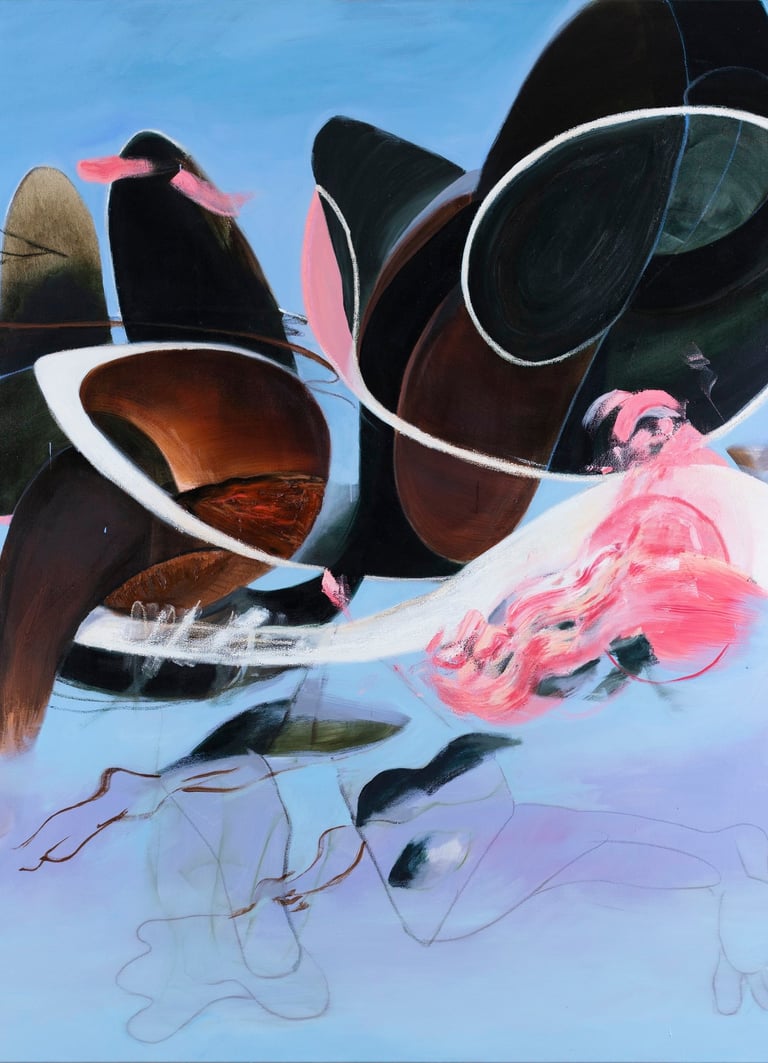

The Foreign Service Institute (FSI) of the United States Department of State classifies Finnish as a Category III language, meaning it is more challenging for native English speakers to learn than most European languages but not as difficult as some East Asian or Arabic languages.
Several factors contribute to the difficulty of learning Finnish for English speakers:
Unfamiliar Vocabulary
Unlike French, German, or Spanish, Finnish does not share many cognates (similar words) with English. As a Finno
Ugric language, Finnish’s vocabulary is distinct from Indo-European languages. For example:
Ystävä (friend) – no resemblance to "friend" in English
Lauantai (Saturday) – looks completely different from other European equivalents
Tänään (today) – again, no direct link to familiar wordsComplex Grammar with 15 Cases
Instead of using prepositions (in, at, from, to) like English, Finnish expresses relationships through suffixes, requiring learners to modify nouns based on their role in the sentence. Each of the 15 grammatical cases serves a specific function, adding depth and flexibility to the language.
Vowel Harmony and Agglutination
Finnish follows a vowel harmony system, meaning suffixes change based on the vowels in the root word. Additionally, it is an agglutinative language, meaning words are built by adding multiple suffixes, often creating long and complex structures.
Flexible Word Order
Unlike English, Finnish allows words to be rearranged based on emphasis, making sentence structure less predictable for beginners. While subject-verb-object (SVO) is the default order, different word orders are used to highlight important information in a sentence.
Our Finnish language course is designed to maximize your learning efficiency, helping you achieve conversational fluency in just 30 days. Instead of overwhelming you with complex grammar rules all at once, our method builds your language skills gradually, ensuring that you can speak, understand, and engage in real-life conversations from day one.
How difficult is Finnish?
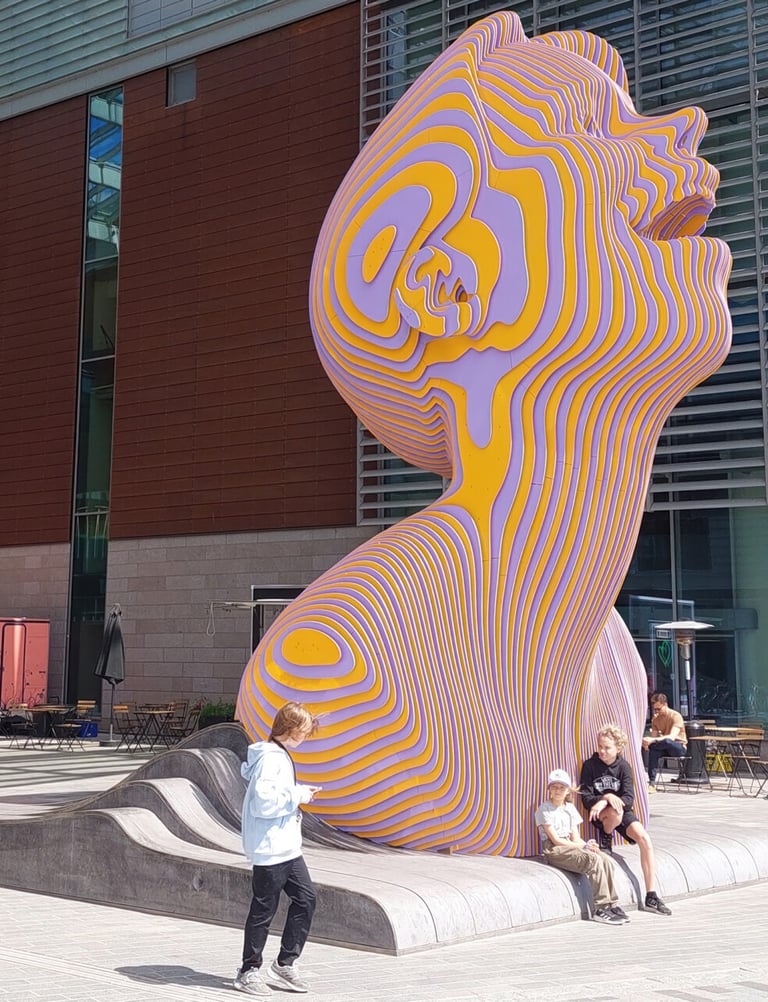

One of the biggest obstacles to learning Finnish isn’t necessarily the grammar—it’s the lack of comprehensive learning resources that effectively bridge the gap between beginner materials and advanced content. Many learners find themselves stuck after reaching a beginner level because there aren’t enough books, courses, or accessible content to help them progress further. Unlike languages such as Japanese or Korean, where global pop culture (like anime or K-dramas) has created a massive international demand, Finnish media and culture have not spread worldwide in the same way. As a result, fewer people attempt to learn Finnish, leading to a smaller selection of textbooks, online courses, and language learning tools.
This lack of resources is further complicated by the fact that Finnish is not widely spoken outside Finland. While there are Finnish-speaking communities in Sweden, Estonia, and North America, the total number of speakers remains relatively small compared to major world languages. Unlike Spanish or French, which have millions of speakers across multiple continents, Finnish is geographically concentrated, making it harder for learners to find immersion opportunities, practice partners, and real-world exposure to the language.
We recognize that the lack of quality Finnish learning resources is a major challenge, and our goal is to bridge the gap by creating content that helps learners progress beyond the beginner level. Our platform is dedicated to providing practical lessons, cultural insights, and engaging materials that will allow learners to reach fluency step by step. We focus on real-life usage, interactive learning, and gradual skill-building, so you won’t feel lost once you move past basic vocabulary and grammar.
If you have any suggestions for future lessons or articles, feel free to send them to info@learnfinnish.org—we’d love to hear from you and tailor our content to fit your learning needs!
Why can't I improve in Finnish?
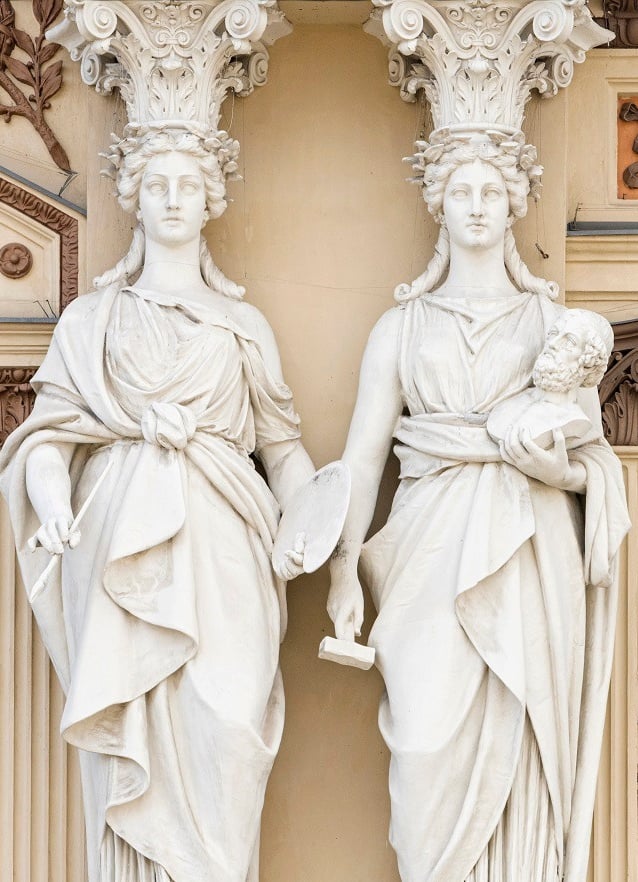

Finnish and Its Place in the Uralic Language Family
Finnish belongs to the Uralic language family, which also includes Hungarian, Estonian, and several lesser-known languages spoken across northern Eurasia, such as Sami, Udmurt, Komi, and Mari. Unlike its Indo-European neighbors, such as Swedish, Russian, and Norwegian, Finnish has a completely different linguistic ancestry. This makes it one of the few non-Indo-European languages in Europe, alongside Hungarian and Estonian.
Although Finnish retains its Uralic roots, centuries of contact with Indo-European languages have introduced a significant number of loanwords into its vocabulary. Finnish has borrowed from:
Germanic languages (Swedish, German, English) – Due to historical trade and Finland’s long period under Swedish rule, many words of Germanic origin have entered the language, particularly in governance, commerce, and daily life.
Pankki (bank) – from Swedish bank
Teatteri (theater) – from Swedish teater
Slavic languages (Russian) – Finnish has adopted numerous Russian loanwords, particularly during Finland’s time as part of the Russian Empire.
Raha (money) – from Russian рахунок (rachunok, account)
Tsaari (czar) – from Russian царь (tsar)
Baltic languages (Estonian, Latvian, Lithuanian) – Finnish has borrowed words from its Baltic neighbors, particularly from Estonian, due to close cultural and linguistic ties.
Kaupunki (city) – from an old Baltic root
Sotilas (soldier) – from Estonian sõdur
Latin and French – Many academic, legal, and scientific terms have come from these languages, as in most European languages.
Sairaala (hospital) – from Swedish sjukhus, ultimately from Latin hospitale
Montage (montage) – from French montage
Is Finnish similar to other languages?


These are 5 proven methods that we have developed as language learners (not only as teachers!) that will help you achieve complete mastery of any language:
1. Immerse Yourself Completely
Surround Yourself: Change the language of your phone, computer, tv, console, news sources, radio stations, song playlists and streaming apps to the language you want to learn.
Engaging Content: Listen to native music, watch original movies, learn about the culture and history of the country on Youtube. This will help you stay motivated and reduce the initial frustration.
Make Mistakes: Travel to the country where the language is spoken and don't be afraid to engage with the locals. People will be amazed at your efforts to learn their language.
2. Focus on the Most Useful Words and Phrases
Study Efficiency: Learn the top 2,000 words in the language, as they often cover 80-90% of everyday conversations. Learning takes time but that doesn't mean it has to take very long to see results.
Real Conversations: Start by practising with common phrases you'll actually use in real-life situations, like greetings, ordering food, asking for directions, etc.
3. Use Memorization Techniques
Spaced Repetition: Our Courses are based on spaced spaced repetition systems (SRS) to help you memorize words and grammar in the long term and with miminal effort by showing them to you in progression.
Mnemonic Devices: trick your brain and speed up the learning process by trying to think of an example or "story" for each new word / expression you struggle to remember.
4. Learn the Language based on the Context
Practice Makes Perfect: Remember that your grammar doesn't have to be perfect as long as you can be understood! There is no shame in using simple phrases to get you point across.
Shadowing Technique: Repeat in your head after native speakers in real-time while listening or watching videos with original subtitles to improve your comprehension.
5. Consistency is Everything
Daily Practice: Even just 30 minutes a day is more effective than sporadic, long day study sessions. Take breaks often when reading and always have fun to increase productivity.
Compound Results: Small, achievable goals like reading 5 pages daily, or even just watching a movie or playing a videogame every evening produce results over time if you don't see them immediately.
How to become fluent in Finnish?
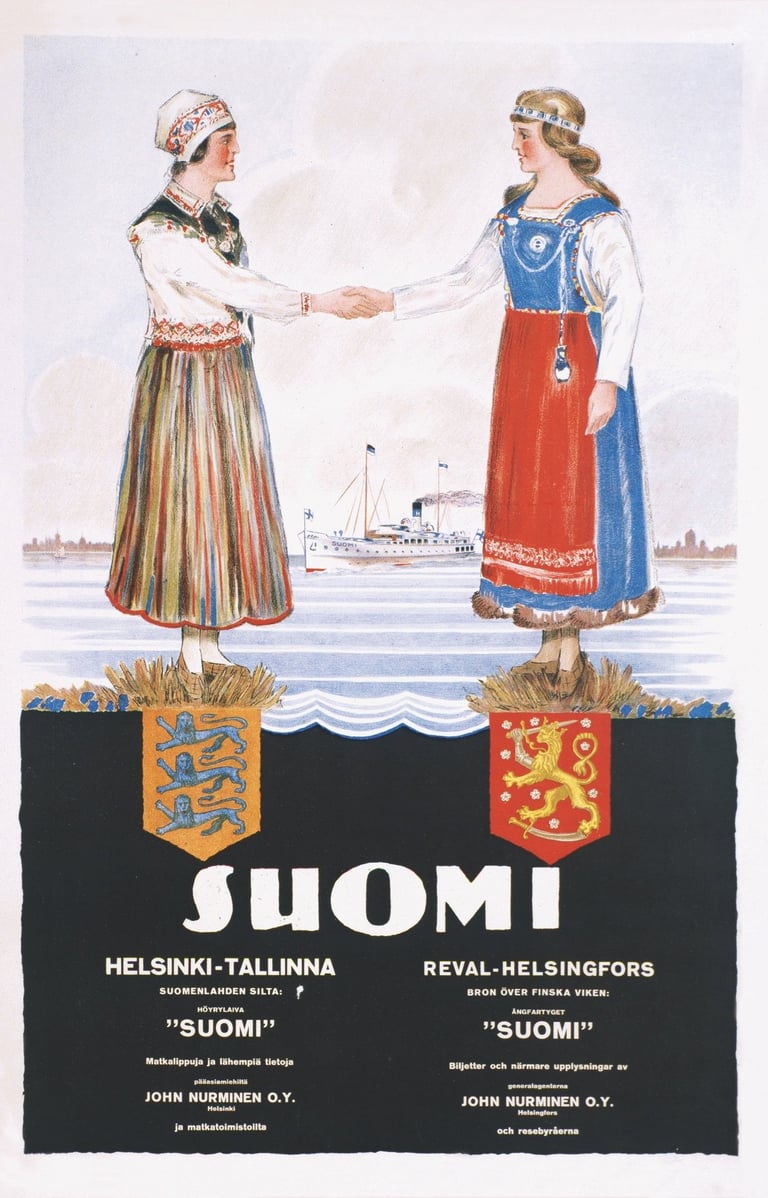

Finnish and Its Place in the Uralic Language Family
Finnish belongs to the Uralic language family, which also includes Hungarian, Estonian, and several lesser-known languages spoken across northern Eurasia, such as Sami, Udmurt, Komi, and Mari. Unlike its Indo-European neighbors, such as Swedish, Russian, and Norwegian, Finnish has a completely different linguistic ancestry. This makes it one of the few non-Indo-European languages in Europe, alongside Hungarian and Estonian.
Although Finnish retains its Uralic roots, centuries of contact with Indo-European languages have introduced a significant number of loanwords into its vocabulary. Finnish has borrowed from:
Germanic languages (Swedish, German, English) – Due to historical trade and Finland’s long period under Swedish rule, many words of Germanic origin have entered the language, particularly in governance, commerce, and daily life.
Pankki (bank) – from Swedish bank
Teatteri (theater) – from Swedish teater
Slavic languages (Russian) – Finnish has adopted numerous Russian loanwords, particularly during Finland’s time as part of the Russian Empire.
Raha (money) – from Russian рахунок (rachunok, account)
Tsaari (czar) – from Russian царь (tsar)
Baltic languages (Estonian, Latvian, Lithuanian) – Finnish has borrowed words from its Baltic neighbors, particularly from Estonian, due to close cultural and linguistic ties.
Kaupunki (city) – from an old Baltic root
Sotilas (soldier) – from Estonian sõdur
Latin and French – Many academic, legal, and scientific terms have come from these languages, as in most European languages.
Sairaala (hospital) – from Swedish sjukhus, ultimately from Latin hospitale
Montage (montage) – from French montage
Should I learn Finnish or Estonian?


EXPAND YOUR KNOWLEDGE
If you are serious about learning Finnish, we recommend that you download the Complete Finnish Master Course.
You will receive all the information available on the website in a convenient portable digital format as well as additional contents: over 15.000 Vocabulary Words and Useful Phrases, in-depth explanations and exercises for all Grammar Rules, exclusive articles with Cultural Insights that you won't find in any other textbook so you can amaze your Finnish friends thanks to your knowledge of their country and history.
With a one-time purchase you will also get hours of Podcasts to Practice your Finnish listening skills as well as Dialogues with Exercises to achieve your own Master Certificate.
Start speaking Finnish today!
